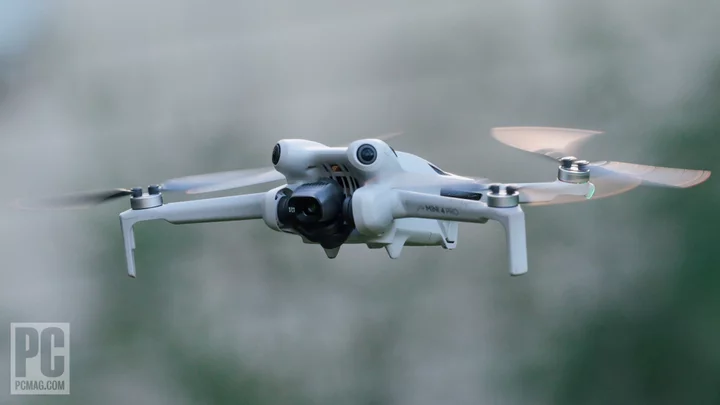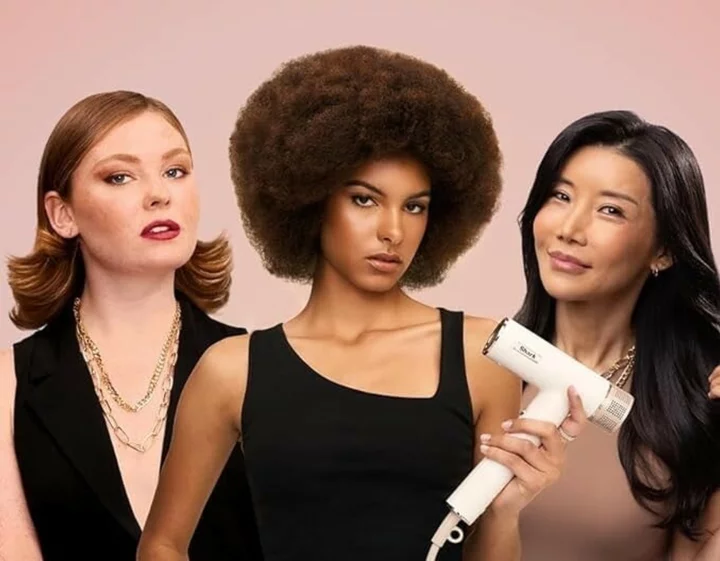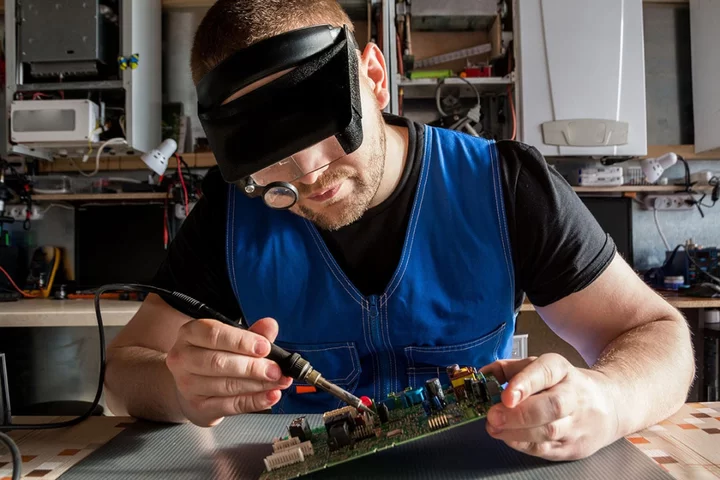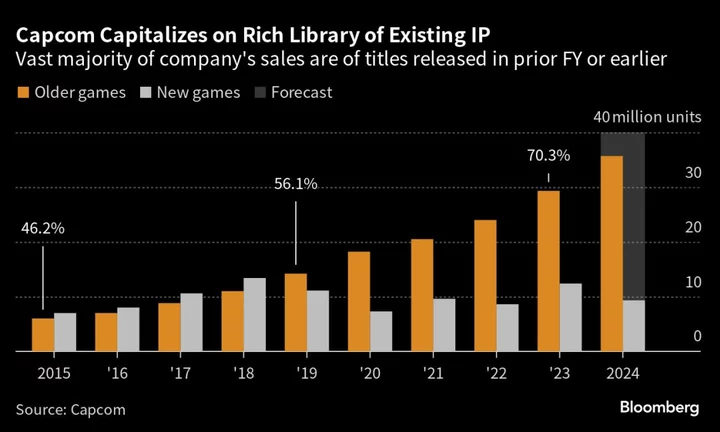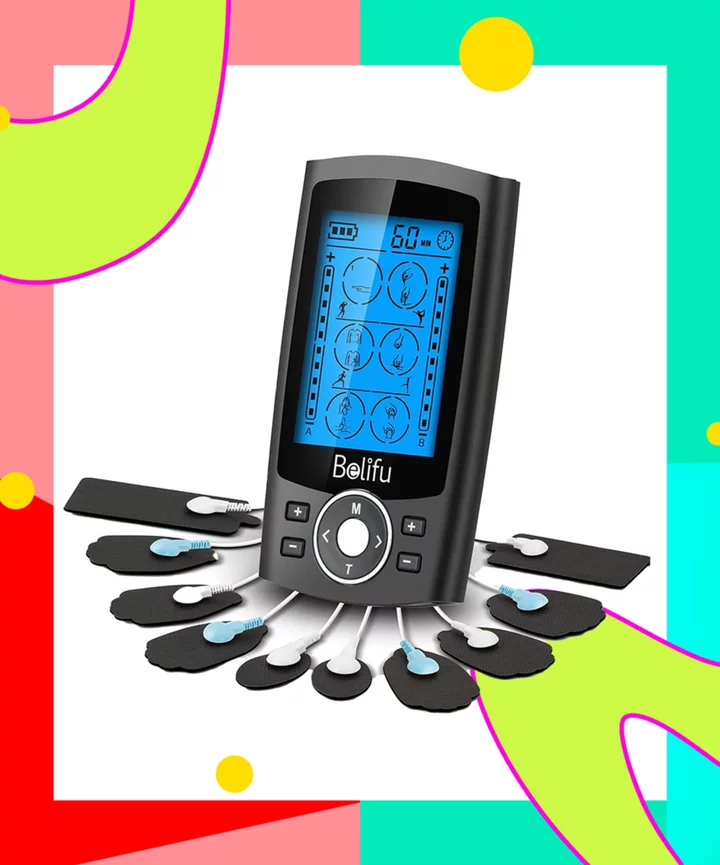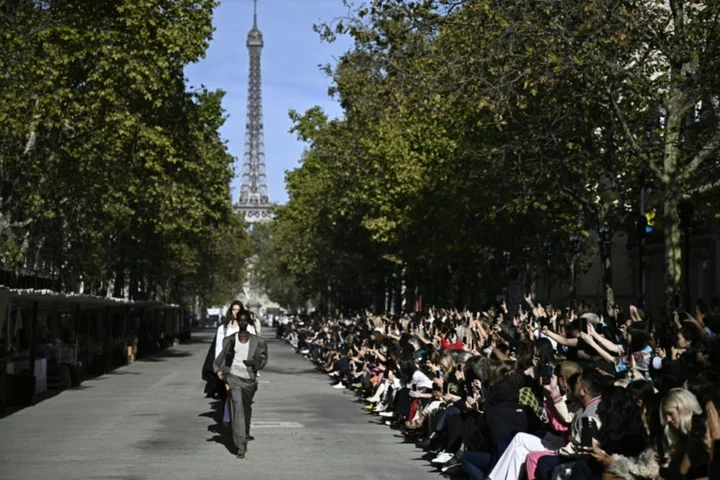Even if you have no good reason to justify buying one, you have to admit that drones are cool. Some are glorified tech toys, but the models we highlight here are fit for imaging and cinematic applications both small and large. If you think you can use a flying camera in your next project, there's some good news—the tech has come a long way in a very short time. Some models on the market now put earlier copters to shame in terms of video quality and stabilization.
And, now the bad news: You get what you pay for. If you want an aerial video platform that can capture stunning footage, you need to spend some cash, anywhere from a few hundred to a few thousand dollars. Because drones are such pricey propositions, it pays to do your research before buying one.
How To Buy A DroneWe don't focus on racing, industrial, or agricultural aircraft here—our coverage is squarely on imaging and video. The drones we review are ready-to-fly models, so you can use them right out of the box.
Read on for the top drones we've tested, followed by everything you need to know about choosing the right model for your needs and budget.
What Are the Rules for Owning a Drone?
The rules of the air vary from region to region—we've covered what to know for flying in the US. But, typically, if your drone weighs 8.8 ounces (250g) or more, you need to register it before you can fly it outdoors legally—even over your own property. You also need to pass a free basic knowledge test online that's pretty easy to ace.
The DJI Mini 2 SE weighs 249g, so you don't need to register it, but you still need to take the Trust test to fly (Credit: Jim Fisher)You don't need to register some mass-market drones (those that are lighter than 250g), but you still need to take the Trust test. The DJI Mini family is exempt, as is the Autel Nano series. Entry-level models omit obstacle avoidance (something you get with the Autel Nano and upmarket DJI Mini 4 Pro) but still include GPS stabilization, automated return-to-home, and automatic takeoff and landing. They're safe drones to fly.
Almost all of the models here have some safety features. For instance, if your control signal is interrupted or if the battery gets down too low (most drones can only fly for around a half-hour between charges), most of these drones will start to head back to the takeoff point and land.
DJI Air 3 in flight (Credit: Jim Fisher)Flyaways still happen, however—there are horror stories on various web discussion forums. Of course, negative experiences are more prevalent in that context, simply because uneventful flights that don't result in a crash or missing drone aren't hot topics for discussion. Some manufacturers offer extended warranties that replace a lost aircraft, but make sure to read the fine print before buying something like DJI Care Refresh—you must consider any associated restrictions and fees.
If you're flying within the United States, you need to follow FAA guidelines—or prepare to face potential fines or jail time. The FAA sets no-fly zones, so don't take off if you're near an airport without notifying the control tower first. And, even if you're out in the middle of nowhere, don't take your drone above 400 feet. Most are set to obey these regulations out of the box, but controlling a quadcopter is just like driving a car—even if you didn't see that speed limit sign, you're still liable to pay the ticket.
What Are the Types of Drones?
Several products on the market sell as drones but don't quite fit that description. Remote-controlled aircraft have been around for ages. But with the recent surge in popularity, quadcopters that would simply be sold as RC products are now being tagged as drones. These don't include GPS stabilization, return-to-home functionality, and other automated flight modes that make a drone a drone.
DJI Avata (Credit: Jim Fisher)Drone racing enthusiasts often build their aircraft from kits or parts. Doing so requires some skill with a soldering iron and screwdriver, but it has become an aspect of the hobby itself. DJI has an off-the-shelf racer, the FPV Combo, that can move at a brisk 87mph. We took a first look at it but weren't comfortable enough with its controls to conduct a full review.
Small drones aren't only for racing, either. Some people use tiny, homemade Cinewhoop drones for long, one-take video tours. GoPro sells an ultralight version of its action cam, called the Hero10 Bones, for DIY drone builders who want the best video quality for these types of shots.
DJI's second FPV model, the Avata, dances between racer and Cinewhoop in attitude. Its built-in prop guards, slim form, and 4K60 camera make it possible to fly in tight confines, and you can push the speed to around 30mph with autopilot assistance if you're looking for a thrill ride.
We didn't test the Snap Pixy, a toy drone made to work with Snapchat. The market spoke, though, and Snapchat ended production shortly after launch (it's still for sale though).
Which Brand of Drones Is Best?
DJI models currently dominate our top picks and there's a good reason for that. The company is simply a few steps ahead of its competition right now and offers products at a lot of price levels. It made a huge splash with its iconic Phantom series, and its folding Mini and Air lines (formerly called Mavic) are the best small drones we've tested.
Its pro lines offer a lot more power, for a lot more money. Its Inspire and Matrice models can carry heavier payloads, including interchangeable lens systems. They're overkill for most consumers, however, and not nearly as convenient to carry.
Some pilots are sour on DJI, though. Its FlySafe geofencing system adds an authorization requirement to areas with flight restrictions. Professional operators who are allowed to fly may find the process of getting up in the air to be too cumbersome with a DJI drone.
And, from an ethical standpoint, the US treasury flagged DJI for aiding the Chinese government's surveillance of the persecuted Uyghur ethnic group in what is considered a continuing genocide. If that leaves you feeling icky, consider an alternative. For its part, DJI says it shouldn't be on the Entity List: A representative tells PCMag that "DJI has done nothing to warrant our inclusion on the Entity List."
There are a few other brands you can explore. The Autel Robotics Evo drone family is a good alternative. Autel is also a Chinese firm, but the US government hasn't singled it out in the same manner as DJI. Its Evo Nano series competes with DJI Mini drones, and larger Evo Lite drones match up with DJI Air models in size and capabilities. You pay a bit more for Autel on average and its drones aren't quite as finely polished, but the company's models have proven capable in testing.
DJI Mini 4 Pro (Credit: Jim Fisher)Other companies that previously made consumer drones are now out of the game. Parrot, Skydio, and Yuneec were all once big names in camera drones, but now they only make unmanned aerial vehicles (UAVs) for use in agriculture, enterprise, and industry.
Sony sells the Airpeak S1, a big bird that works with Alpha mirrorless cameras and compact cinema models like the FX3. It's meant for the most demanding photographers and moviemakers—the drone starts at $9,000 and then you need to spend a couple thousand dollars on a camera and gimbal.
The Best Small Drones
For a long time, the DJI Phantom series was about as small as you could go if you wanted to get a full-featured drone that maintains stability in the air and includes strong safety features. That's no longer the case. Hikers and travel photographers appreciate a small, light kit, and they can now get a drone that fits into a backpack.
Of course, not every small drone is a top flyer. Some are barely capable of getting off the ground and require you to use your smartphone as a remote control, which makes for a sloppy flying experience. Make sure you get one with a real remote.
Autel Evo Lite+ (Credit: Jim Fisher)The DJI Mini 3 is so light that you don't have to pay the FAA registration fee to fly it, and it offers strong video and image quality. It drops some higher-end video features, though, and doesn't offer any sort of obstacle detection. The Mini 4 Pro adds obstacle sensors and comes in under registration weight with its standard battery—though we recommend you fork up the $5 FAA fee and use the drone with its longer-lasting (but heavier) extended runtime battery. You also have to register the Avata, but we consider it a small drone, and it's a good choice if you care more about FPV action than cinematic video. DJI also sells the budget-minded Mini 2 SE for starter pilots; it supports 2.7K30 video and flies for up to 30 minutes on a charge.
The Ryze Tello isn't a good drone for videographers, but Scratch programming support makes it an appealing first drone for teens learning to code.
The Best Drones for Professionals
DJI recently upgraded its long-running Inspire 2 with a new airframe and camera. The Inspire 3 is now its big, quad-rotor model for cinema production. The drone features a full-frame, 8K camera that can take DJI or Sony lenses and supports CinemaDNG and ProRes Raw recording. Its bottom-mounted camera and retractable landing gear are also advantages because they enable more complex camera and aircraft movements compared with drones that have nose-mounted cameras.
If you want a smaller drone with high-end video specs, think about a version of the Mavic 3, which starts at $1,600 for the Classic edition or $2,200 for the Pro. All versions of the Mavic 3 support 5.1K50 recording with a Four Thirds format camera in 10-bit HEVC. On the high end, the Mavic 3 Pro Cine ($4,799) sports a triple camera stack and adds support for ProRes 422 HQ with a 1TB SSD for onboard storage. The Pro Cine is a worthwhile splurge for cinematographers—the upgraded video toolkit and bundled Pro RC remote justify the cost.
DJI offers Matrice drones for industry and enterprise, as well as Agras drones for agriculture. As mentioned earlier, Sony's Airpeak S1 can carry big cameras but is closer to the Inspire series in size, so it's just as good for location work.
Explore More About Drones
Ultimately, you can't go wrong with any of the models we list here. For the latest field-tested drone reviews, check out our drone coverage. And, if you just bought a quadcopter and are looking to get started, read our guide on how to fly a drone.

